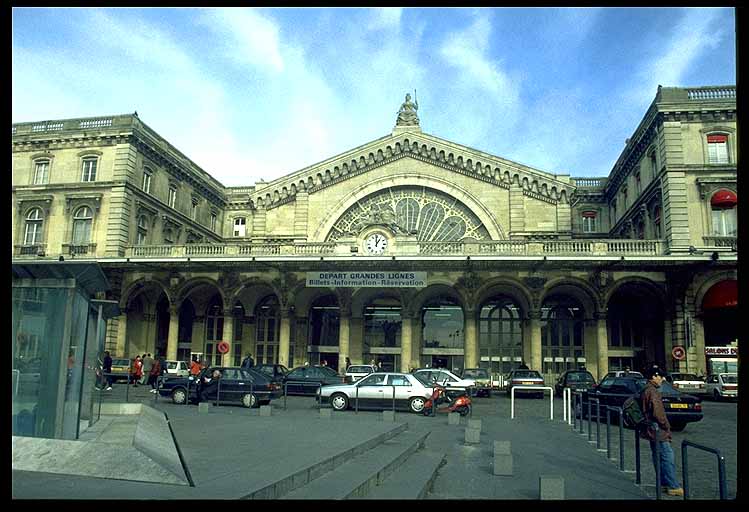TRAFFIC FILTER **

Places you might find traffic filters include entrances to: subways, bridges, movie theatres, exhibition halls, or nightclubs.
The Traffic Filter pattern can be found in any entrance area where a large amount of rapidly moving traffic needs to be slowed in order to proceed safely from a relatively wide area into a more confined space.
The usability of a building can be quite significantly impacted by how the building's layout influences internal traffic patterns. For example, buildings with a regular layout, and many long, straight corridors with few corners or intersections supports high traffic volume rapid travel and easy navigation. Such buildings include hospitals, airports, or other buildings where the speed of one's traversal and error-free navigation can be critical. Buildings with many corners, intersections and obstructions encourage a minimal traffic volume, slower pace, and support more leisurely types of activities. Museums, small gift shops, and most homes fall into this category of building. If the wrong type of activity is placed in a building not designed to accomodate that activity's traffic patterns, disaster can result (imagine an airport laid out like an art museum with many galleries, floors, and hidden terminals in alcoves). Consequently, it behooves us to consciously design the traffic flow in any space where human movement is expected.
The traffic filter is one way of controlling a specific kind traffic in a specific architectural context. Specifically, the traffic filter works to control and direct traffic in areas where rapidly moving, heavy traffic must negotiate a bottleneck or narrow section where the flow of traffic is typicaly congested in the absence of any control features. Take the entrance to a bridge as an example. Often, a road of three or four lanes will narrow to two, or maybe even one lane going across the bridge. If there is a large amount of rapidly moving traffic, gridlock inevitably results as traffic is forced into a narrower space while attempting to maintain speed. While a certain amount of gridlock is unavoidable, setting up bollards or tollbooths is a great way to force traffic to slow sufficiently in advance, and proceed onto the narrower bridge in a more orderly fashion. ticket windows.
Traffic filters for pedestrian traffic work similarly to those on roads. One example is the entryway to a hotel lobby, tall office building, airport, or department store. Typically, these sorts of buildings support a large volume of traffic moving from a busy street into the building interior. The pedestrians composing this traffic are largely hurried as well as disorganized. Managing the heavy flow of pedestrian traffic from the wide, open street or parking area into the more confined space of the building is accomplished by the use of banks of heavy (sometimes revoving) doors which serve to both slow, and scatter the incoming crowd. This slowing and scattering eases the transition from inside to outside by reducing the density of the crowd, improving the experience of each member of the crowd. Similarly entrances to theatres, stadia, nightclubs, or exhibition halls regulate the flow of traffic by channeling incoming pedestrians through gates or ticket windows.
Place pillars, turnstiles, bollards, banks of
doors, or other multiple obstruction at junctions
between spaces if the following two
conditions are met:
